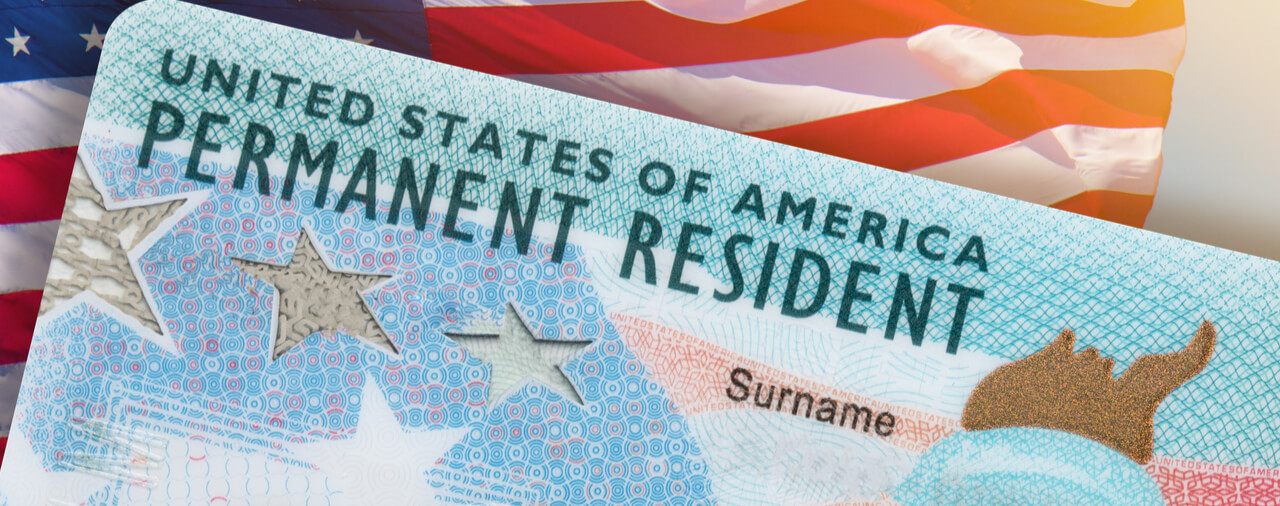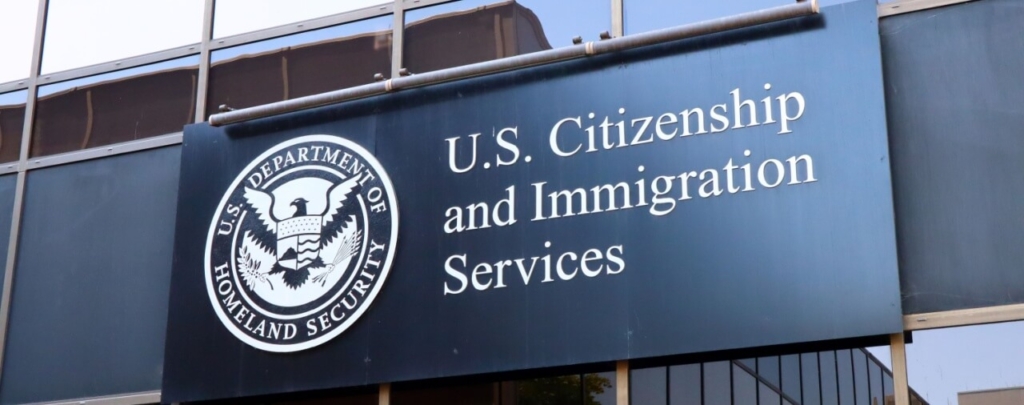Introduction
On November 16, 2016, the Department of Homeland Security (DHS) Office of Inspector General (OIG) published the results of its audit of the ELIS system — implemented to automate the benefits process — as pertaining to Green Card issuance. This final report is a follow-up report to the DHS OIG’s March 9, 2016 report on problems with the ELIS system as pertaining to Green Card issuance and other related issues. In this article, we will examine the results of the DHS OIG report and what it may mean going forward.
You may find the original materials here:
November 16, 2016 Report [PDF version]
DHS OIG News Release [PDF version]
March 9, 2016 Report [PDF version]
Background
On pages 3-4 of the report, the DHS OIG explains that since May 13, 2013, the United States Citizenship and Immigration Services (USCIS) began processing new and replacement Green Cards using ELIS. The USCIS did this in order to process Immigrant Fees and Green Card applications online.
The DHS OIG then explains the Green Card processing process:
1. The initial processing for the USCIS Immigrant Fee is done in ELIS;
2. A USCIS data entry clerk or lockbox contractor enters case data for each applicant once a Visa Packet or application is received;
3. The data is forwarded from ELIS to the Electronic Print Management System (EPMS) at one of two USCIS card production facilities;
4. Once the Green Card is produced, it is printed and set for delivery by the United States Postal Service (USPS);
5. USCIS uses the Secure Mail Initiative (SMI) database to capture and store delivery tracking information once the card has been mailed.
In the DHS OIG’s March 16, 2016 report, the OIG “identified weaknesses in USCIS’ ability to effectively carry out its national security and system integrity goals.” These failures included:
The USCIS had sent “potentially hundreds of Green Cards” to the wrong addresses due to an ELIS limitation that prevented the USCIS from updating customer addresses; and
The USCIS was unable to ascertain the exact number of cards it had sent to wrong addresses.
The DHS OIG decided to perform its new audit after it received further information “about the scope and volume of improperly issued Green Cards.”
Results of the Audit
The DHS OIG found that “approximately 13,000 [Green Cards] were printed and issued with incorrect personal information, such as the wrong date of birth.” Furthermore, “over 6,200 duplicate cards were sent out to individuals who should have each received only one card.” The following table, reproduced from page 6 of the DHS OIG report, shows the types and volume of Green Card errors and duplicates from 2013-2016:
| Episode | Date | Reported Number of Cards Affected | Cause |
|---|---|---|---|
| 1. Incorrect expiration dates | July 2013 | 2,466 | ELIS |
| 2. Incorrect names or date of birth | May 2014 | 5,282 | ELIS |
| 3. Incorrect “residence since” date | Winter 2014 | 3,663 | OTHER |
| 4. Duplicate cards issued | June 2015 | 5,438 | OTHER |
| 5. Duplicate cards issued | June 2015 | 36 | CLAIMS |
| 6. Incorrect expiration dates | June 2015 | 772 | CLAIMS |
| 7. Incorrect birth and “residence since” date | September 2015 | 219 | ELIS |
| 8. Incorrect photos | November 2015 | 369 | ELIS |
| 9. Duplicate cards issued | March 2016 | 174 | ELIS |
| 10. Duplicate cards issued | April 2016 | 19 | ELIS |
| 11. Duplicate cards issued | April 2016 | 242 | ELIS |
| 12. Duplicate cards issued | May 2016 | 321 | ELIS |
| Total Cards Issued with Incorrect Data | 12,771 | ||
| Total Duplicate Cards | 6,230 |
While the report takes the position that “the number of errors remains a concern,” it added that in FY-2015, “card errors accounted for .48 percent of roughly 2 million cards that were produced and mailed.” Furthermore, the DHS OIG noted that those who received incorrect cards and who followed the “proper procedures and security checks” were nevertheless approved to become permanent residents. The report did, however, note that the number of errors per Green Cards issued has increased steadily since FY-2013.
The DHS OIG also noted a steady increase in the number of duplicate Green Cards. During the past year, the USCIS inadvertently sent more than 6,200 duplicate Green Cards, including a significant episode in June of 2015 where the USCIS sent 5,400 duplicate Green Cards. Between March and May of 2016, the USCIS “issued at least 750 duplicate cards to its customers as a result of ELIS functionality or legacy data migration problems.” The audit found that “[i]n some cases, applicants paid the processing fee twice and received two cards,” whereas in another case, “an applicant received Green Cards that belonged to two other applicants.”
Recommendations
The DHS OIG found the USCIS’s efforts to address the Green Card errors based on the findings of the March report to be inadequate. As a result of the new audit, the OIG made seven recommendations:
1. Ensure that ELIS design and functionality problems are corrected to prevent, “to the extent possible,” further processing errors.
2. Ensure development and implementation of internal controls to ensure that Green Card errors are identified and corrected prior to card issuance.
3. Ensure development and implementation of a standard process for Green Card recovery efforts.
4. Ensure development and implementation of a standard procedure for identifying and preventing unrecoverable Green Cards from being used.
5. Implement a centralized way to track and document Green Cards that are returned to the USCIS through Green Card recovery efforts.
6. Implement identity-proofing capability to enable USCIS customers to submit address changes online in ELIS.
7. Evaluate the costs and benefits of using USPS’s Signature Confirmation as an “alternative secure method for delivering Green Cards to applicants.”
Risks of Current Problems
The DHS OIG identified several serious problems that arise from improperly issued Green Cards.
1. Approved lawful permanent residents (LPRs) may have benefits denied or be accused of fraud for trying to use a Green Card that was issued with incorrect information.
2. Green Cards issued in error can be used by those who intend to do harm to the United States, thus posing a national security risk.
3. Improperly issued and delivered Green Cards increase the workload of the USCIS.
USCIS Response
The USCIS agreed with all seven recommendations made by the DHS OIG, and is working to implement each one. The report expressed satisfaction with the USCIS’s current efforts to rectify problems relating to Green Cards.
One interesting point is that the USCIS disputed the DHS OIG’s argument from the March report that improperly issued Green Cards pose a national security risk because they are “highly tamper resistant.” Although the DHS OIG granted that point, the new report stands by the claim that improperly issued Green Cards do, in fact, pose a national security risk to the United States, in part due to the significant black market for Green Cards.
Conclusion
The DHS OIG did good work in addressing some very serious problems related to the issuance of Green Cards, and I hope that the USCIS will continue to work to rectify these issues. It is easily lost in looking at statistics of errors that these errors not only increase the USCIS’s workload but also cause hardship to individuals who follow all of the rules of our immigration system in order to become LPRs. Furthermore, the DHS OIG was correct to address the potential national security issues involved in having improperly issued Green Cards floating around. Even in proverbially minor cases where a Green Card is used fraudulently, it does damage to the immigration system when a person can procure any benefits through fraud.





